Safety vests are crucial for all work sites. Whether you’re in the business of construction, warehousing, or manufacturing, you can’t do without safety vests for the following reasons:
- Safety vests keep employees visible and protected against hazards, such as drivers failing to see roadside employees.
- They allow you to easily identify your workforce.
- They help keep everyone organized in their different roles.
When customized, safety vests also serve many other purposes, including:
- Maintaining a professional look (which can help you score more contracts).
- Instilling a sense of pride and team spirit in your employees.
- Marketing your business and creating/maintaining your brand identity.
Today, we’ll go over some useful tips to ensure you get the most out of your custom safety vests.
Tip 1 - Ensure ANSI/ISEA 107 and OSHA Compliance
The ANSI/ISEA 107-2015 is a compliance standard that regulates high visibility clothing for workers. It sets clear parameters such as the print area, type of material to be used, or size of reflectors. These parameters should be followed when making custom safety vests.
The standard itself is voluntary, but following it can improve your worksite by:
- Reducing accidents
- Improving productivity and morale
In addition, it goes hand-in-hand with the provisions of the Occupational Safety and Health Administration (OSHA).
Note: Section 5(a)(1) of the OSH Administration says that employers must provide workers with a work environment that’s free from any recognized hazards which are likely to cause harm or death.
ANSI/ISEA 107-2015 focuses on the following parameters:
High Visibility
Your custom safety vests should be made out of highly visible fabric with bright fluorescent colors that stand out against any surrounding background or lighting conditions.

Fluorescent-colored fabrics have special pigments to soak up and reflect ultraviolet (UV) light, which makes them glow and appear bright even at night or in dim light.
The best color options according to OSHA guidelines are:
- Yellow-green
- Orange-red
- Bright red
- Yellow
- Orange
The custom safety vests must have strategically placed strips of reflective tape to increase their visibility in low-lit conditions. These reflectors work by bouncing light off themselves to make the entire vest appear much brighter.
This is especially useful during nighttime, as the reflectors are clearly visible when drivers are shining their headlights on the road.
Safety Assurance
The table below details the safety accreditations you should look for.
| Safety Class | Features |
| Class 1 |
|
| Class 2 |
|
| Class 3 |
|
Choose the safety vest class that works best for your needs. The more exposure to hazards your employees face, the higher the safety class you should get.
Remember: Safety vests are sold according to their classifications, so as an employer, it’s your responsibility to pick the right one.
Tip 2 - Choose the Right Printing Options for Your Logo or Text
There are numerous printing options available for logos, printed text, or both, including:
- Single-color screen prints in black
- Full-color printing that’s bright and clear
- Retroreflective printing
- Heat transfers
Choose a print that contrasts perfectly with your safety vest’s color.
Solid color black prints are the most legible and most suitable for maximum visibility. They’re also the easiest way to maintain compliance with ANSI standards.
Even if your line of work doesn't necessarily require ANSI compliance, following the ANSI standards is a reliable way to ensure your workers stay visible, which can help prevent accidents.
However, the point is for workers to stand out even in dim conditions. Therefore, the printed area must not cover a large block of high visibility material. As a result, your logo and print details must not exceed 72 square inches—according to section 7.2 of the ANSI 107 standards.
You can split the 72 square inches however you like, as long as you are within the parameters. For instance, you can print the logo on the pockets with the printed text on the back.
The same section of the ANSI compliance document also specifies that your printed text and logo should be less than 22 square inches on the retroreflective strips.
It’s also important to maintain the “balance of design” as specified by section 6.3.5 of ANSI standards. You need as much unprinted material as possible on either side of the vest, which means you can’t use all the allowable 72 square inches on one part of the vest.
For instance, you can’t have both a large size logo and print on the back—you have to distribute it so that the vest remains clearly visible from either side.
Where Can I Place the Logo?
Since you can’t cover the entire vest for safety reasons, you need to be strategic about where you place the logo. You want to put it where it’s clearly visible to market your company without compromising the vest’s safety features.
The best places to print your logo include:
- Upper back
- Lower back
- Front chest pocket
You can use a larger logo on the vest’s back and a smaller one on the chest, or pocket.
Regardless of the position you choose, ensure that the size of the logo matches the chosen portion as well as the text you want to include. Make it too big and you’ll be outside the parameters of ANSI regulations, make it too small and no one will see it.
Place your logo no less than an inch from any major features such as seams, zippers, or pockets. This will distort its shape.
Additionally, stick to simple single or two-tone logos in dark colors that are legible against the bright contrast of the vest or result in an uneven print.
Expert Tip: Choose a logo and print design that works on your other custom apparel (such as hoodies and t-shirts). Maintaining the same design will reduce the time it takes to get your orders produced and cut down on screen printing costs.
In addition, it will help you maintain a consistent brand identity that can help boost your business.
Tip 3 - Choose Functional Vests
Your custom safety vests should be functional and include user-friendly features such as:
Safety Breakaways
Vests fitted with a breakaway system are designed in such a way that when they are pulled with excessive force they break away from the body.
They help prevent accidents if one gets caught or entangled in the moving parts of machines and heavy equipment.
Handy Pockets
Pockets are handy for keeping small tools and other useful items such as notepads and calculators. Look for a vest design that comes with multiple pockets for increased functionality.
Pro Tip: Multiple pockets will also give you more printable space to display your logo.
Flame Resistance
Flame-resistant vests are designed with self-extinguishing capabilities so they don’t catch fire when exposed to flames.
If your employees work in areas where they may be exposed to sources of extreme temperatures, get heat-resistant vests to increase their safety.
Color Coding
Color coding your safety vests makes it easy to identify and distinguish workers doing different jobs or within different departments. This can help you implement a more coordinated incident response system in the event of accidents.
Get Durable and Functional Custom Safety Apparel
Custom safety vests are worthwhile for added safety and compliance in your worksite.
That said, fading, unclear prints, or lopsided logos won’t do your business any good. You don’t want to pay to replace your vests frequently or portray a negative image that can cost you contracts.
Jupmode can help you get it right the first time.
We offer top-notch printing for your safety vests and other custom safety clothing.
Get in touch with us via:
- Email: info@jupmode.com
- Phone: 419.318.2029
- Website: www.jupmode.com/safetyapparel
Share on Facebook:






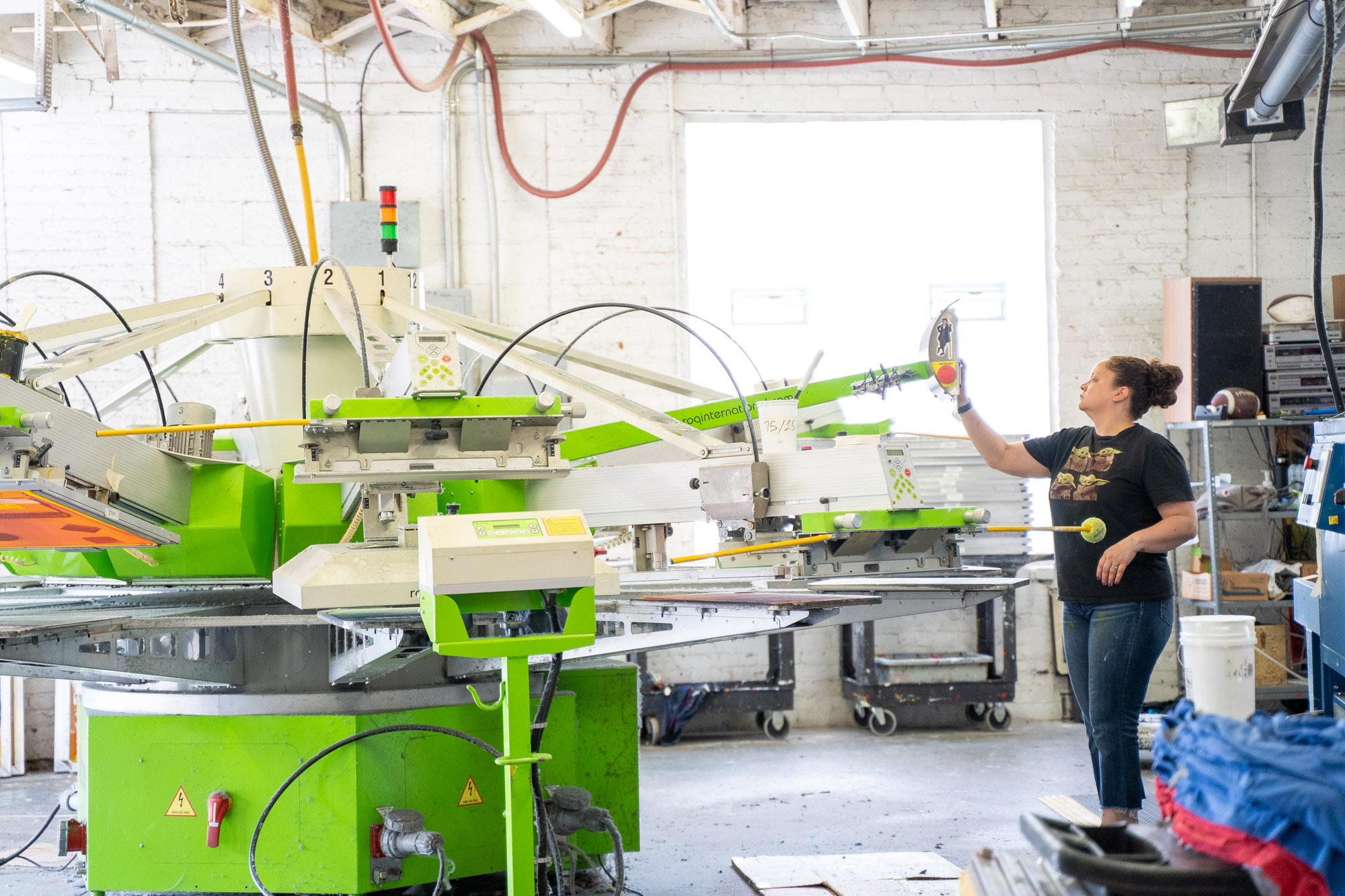
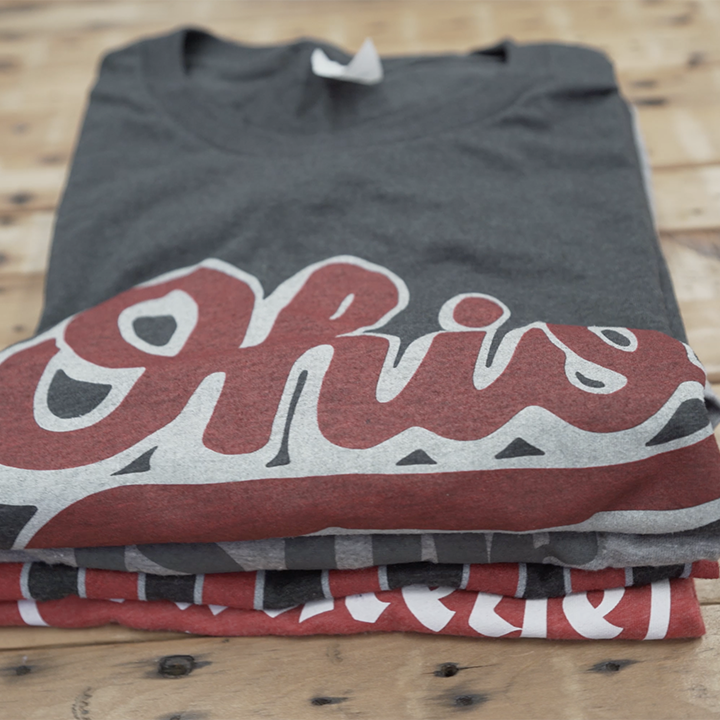

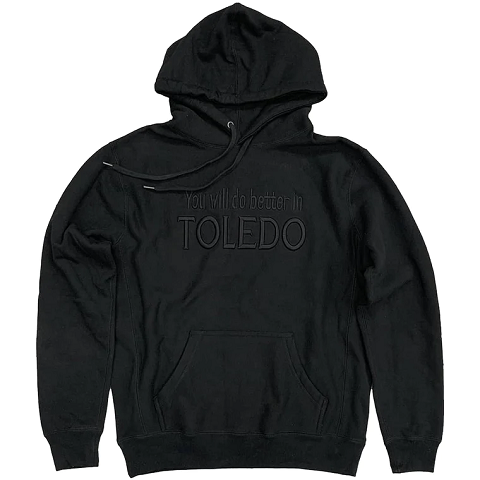
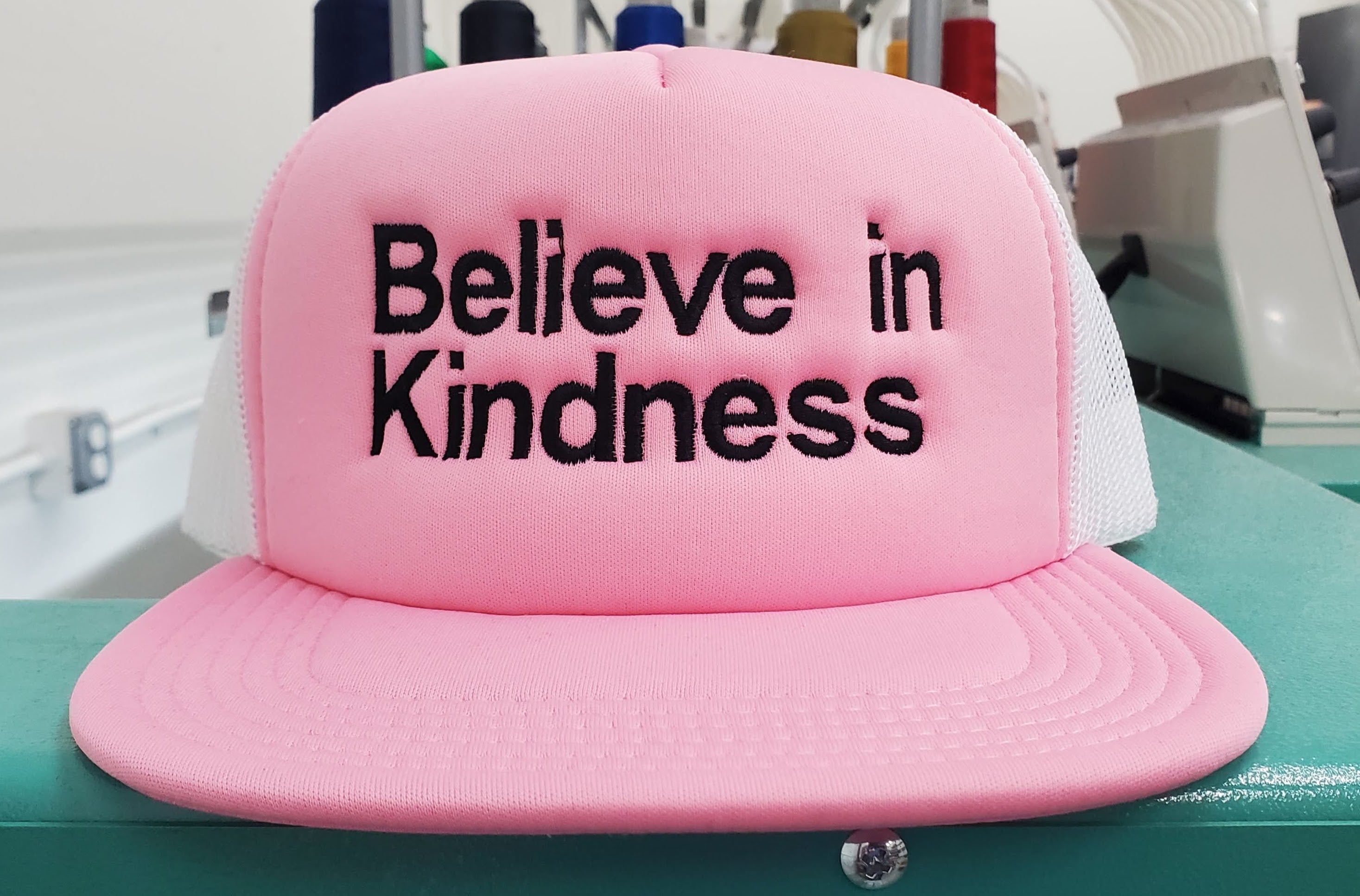
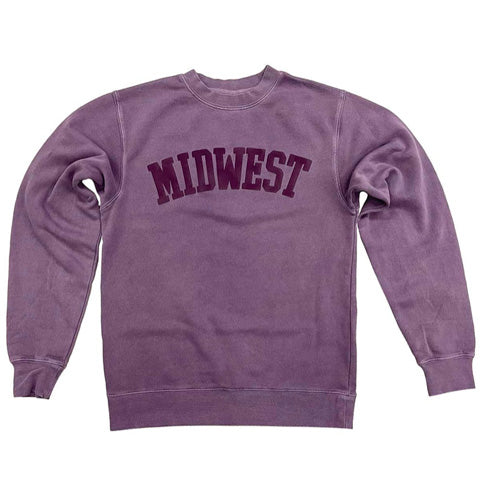
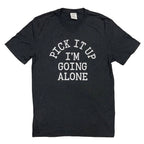
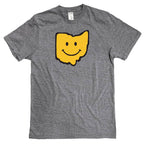
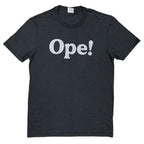
Comments
Write a comment